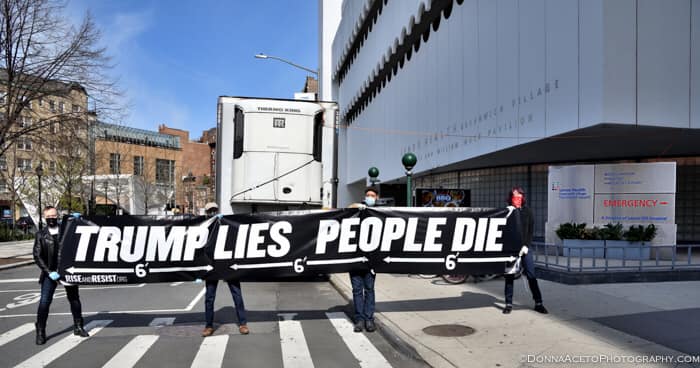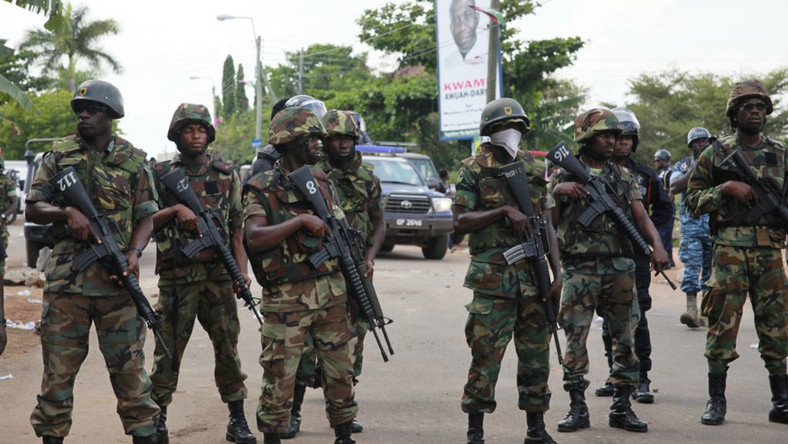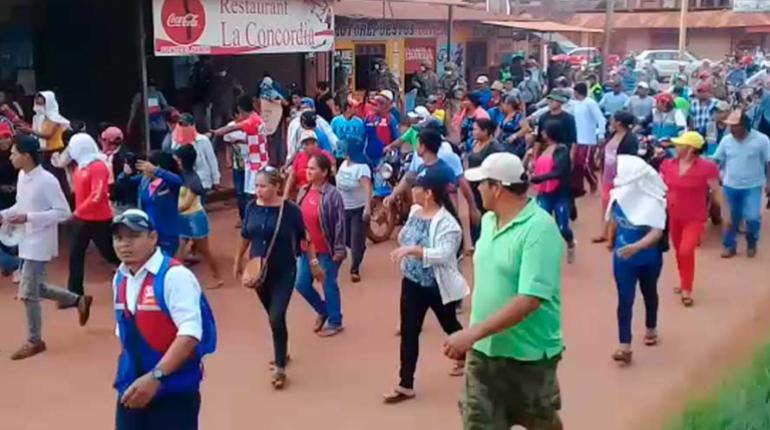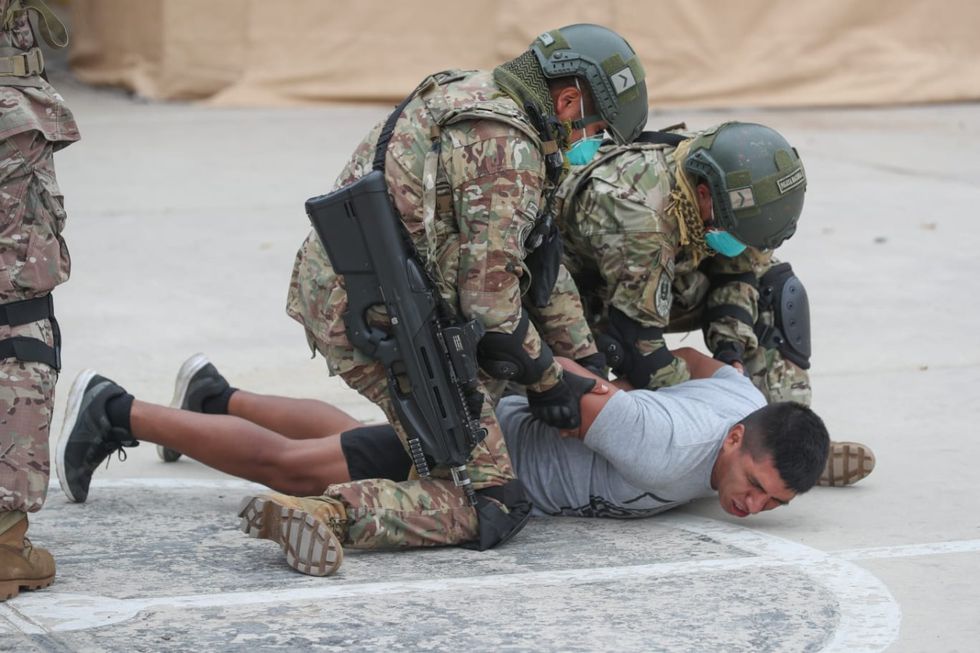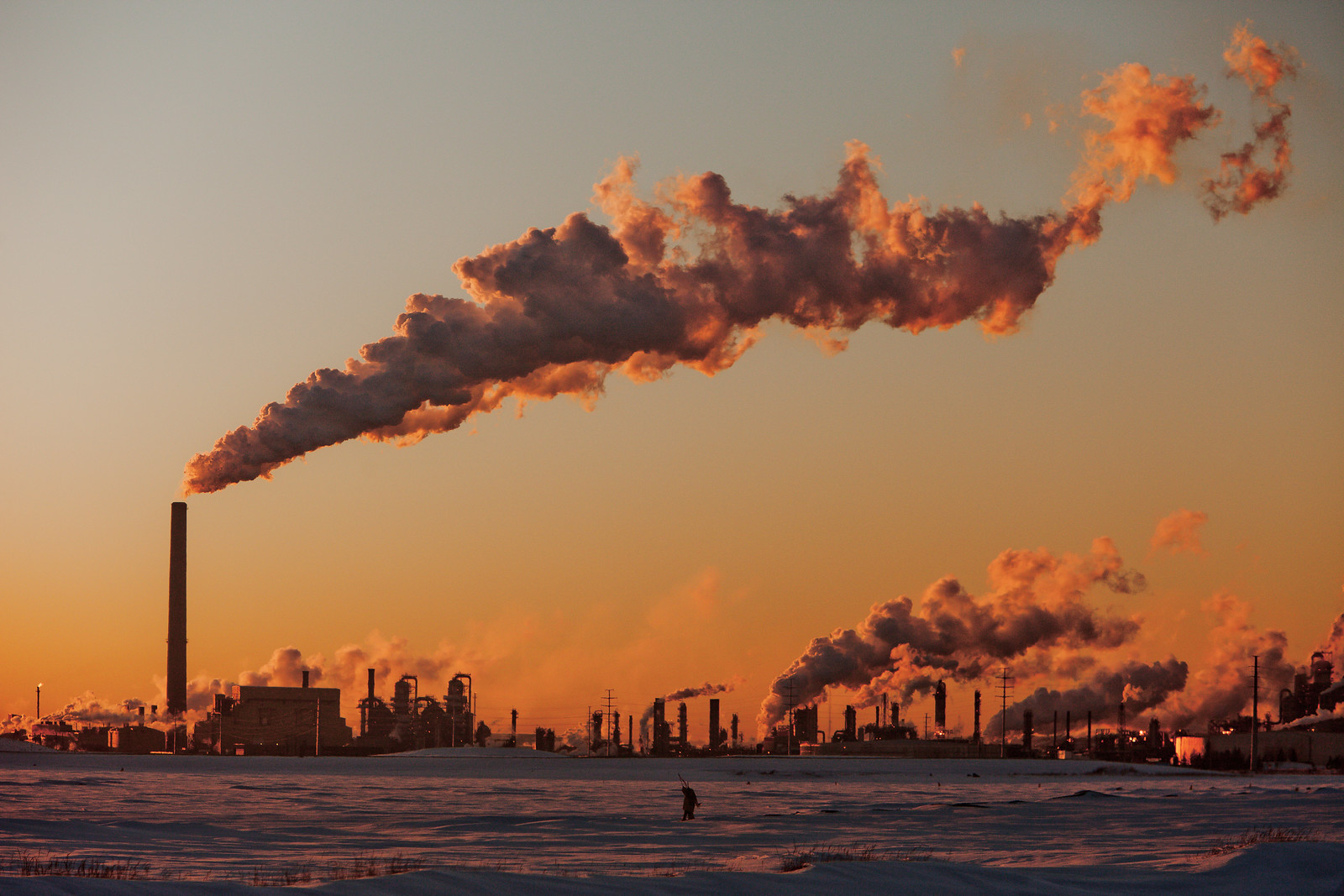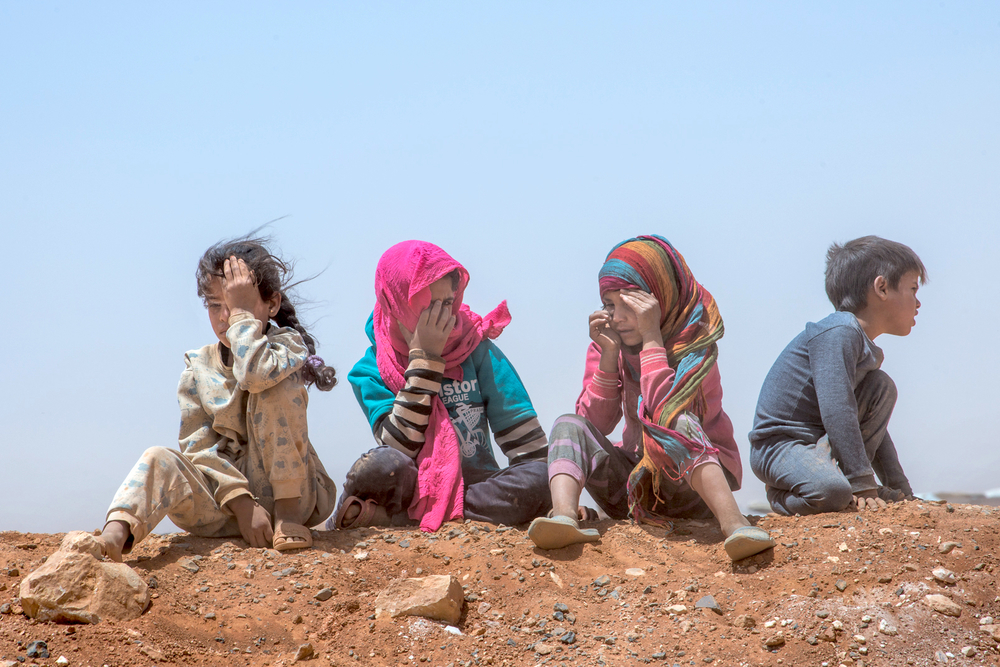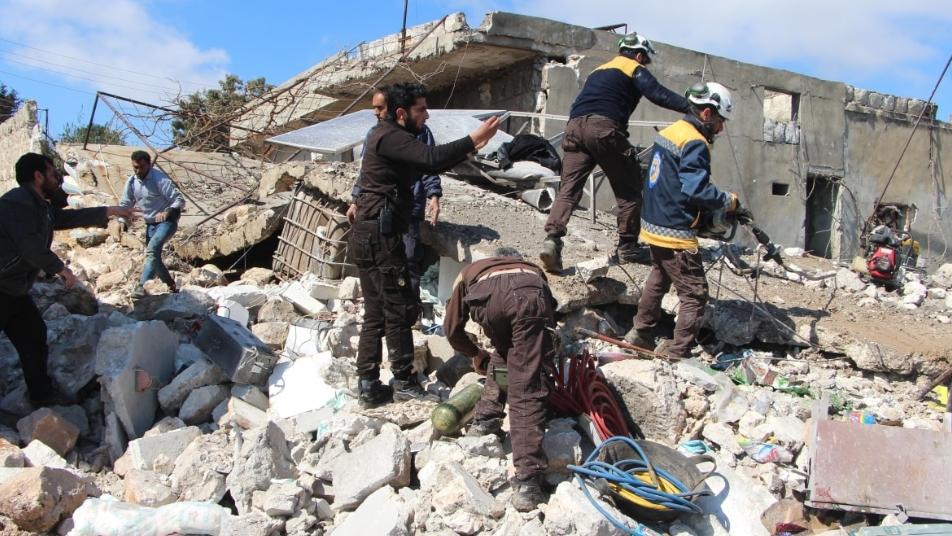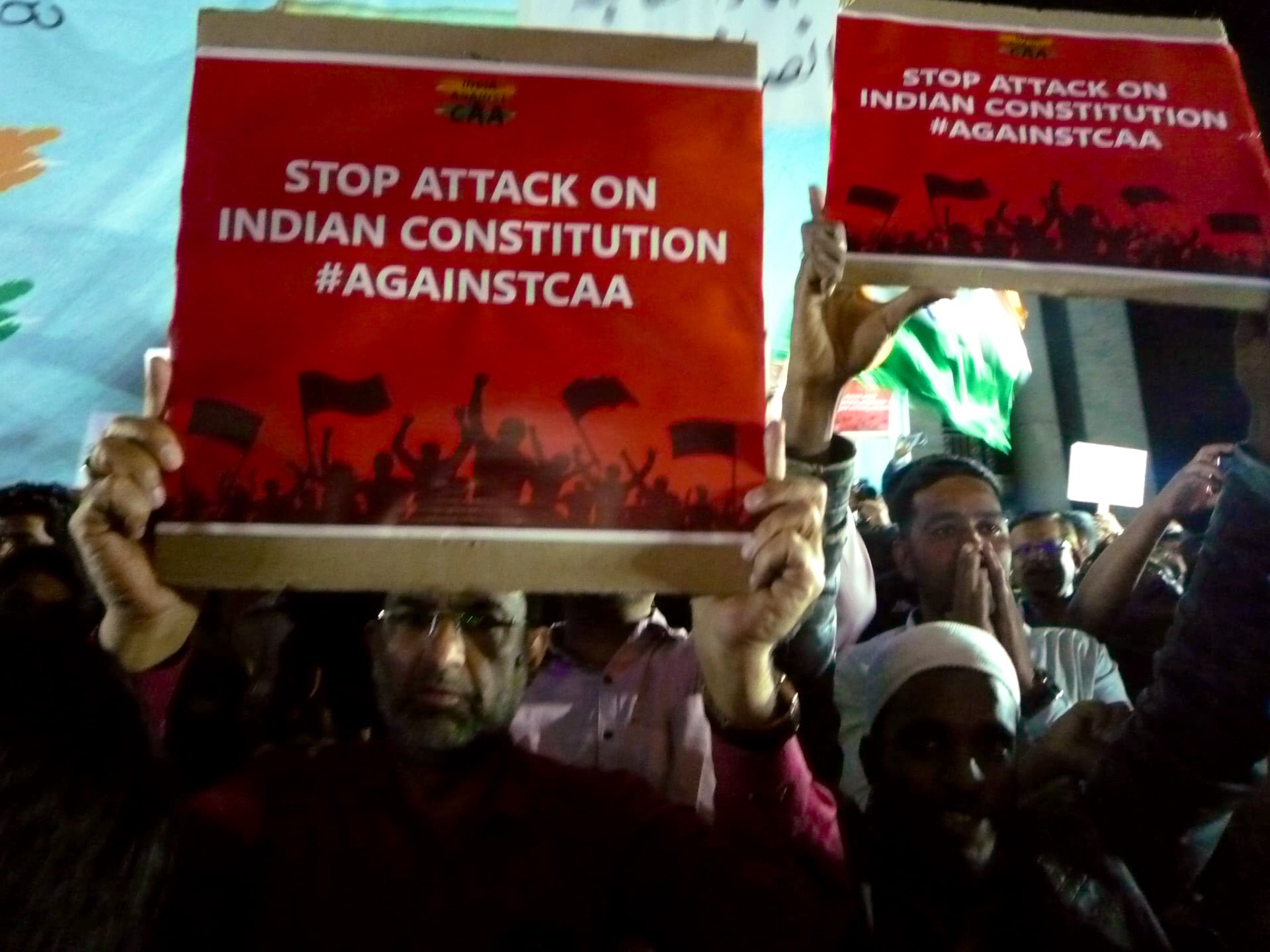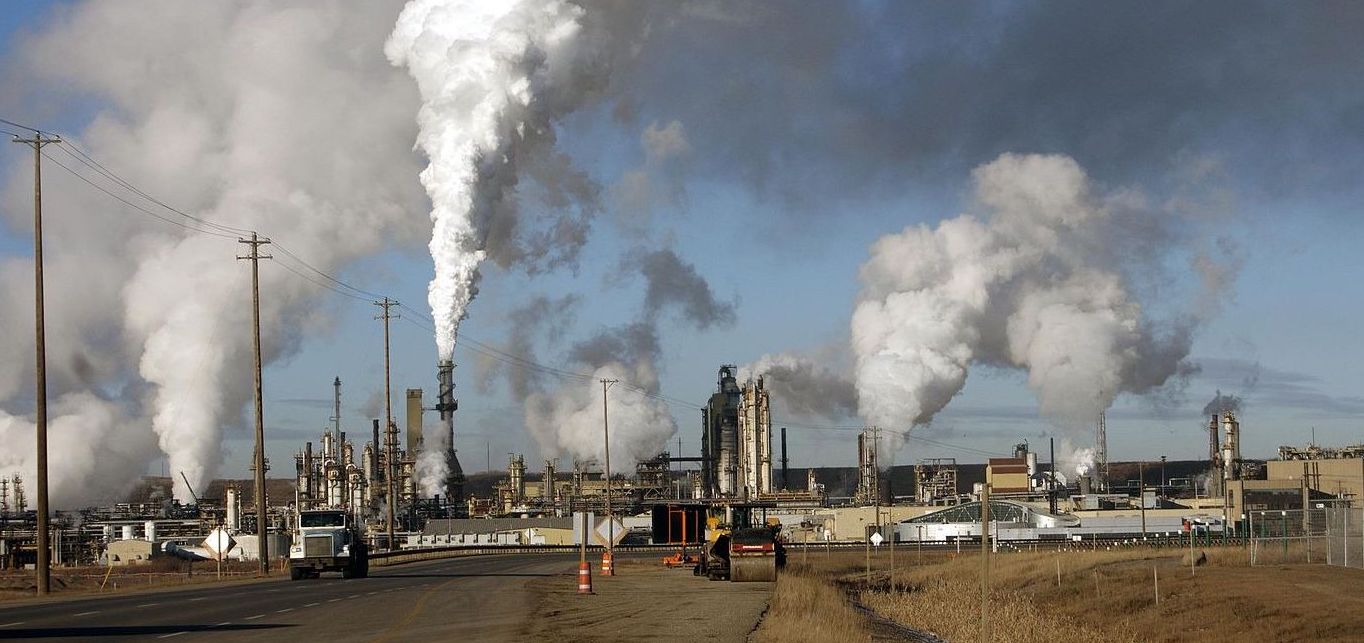
Negative oil prices slow tar sands production
Despite a new agreement by Saudi Arabia and Russia to end their price war, the oil market remains in free-fall amid the virtual shut-down of the world economy by the COVID-19 pandemic. The price of the main US and Canadian oil benchmarks have now fallen below zero—the first time oil prices have ever turned negative. Canada, the world’s fourth-largest oil producer, has already started slashing oil sands output. But Prime Minister Justin Trudeau announced $2.5 billion in aid to the industry, and Trump is now also pledging a bail-out. (Photo: Wikimedia Commons)




